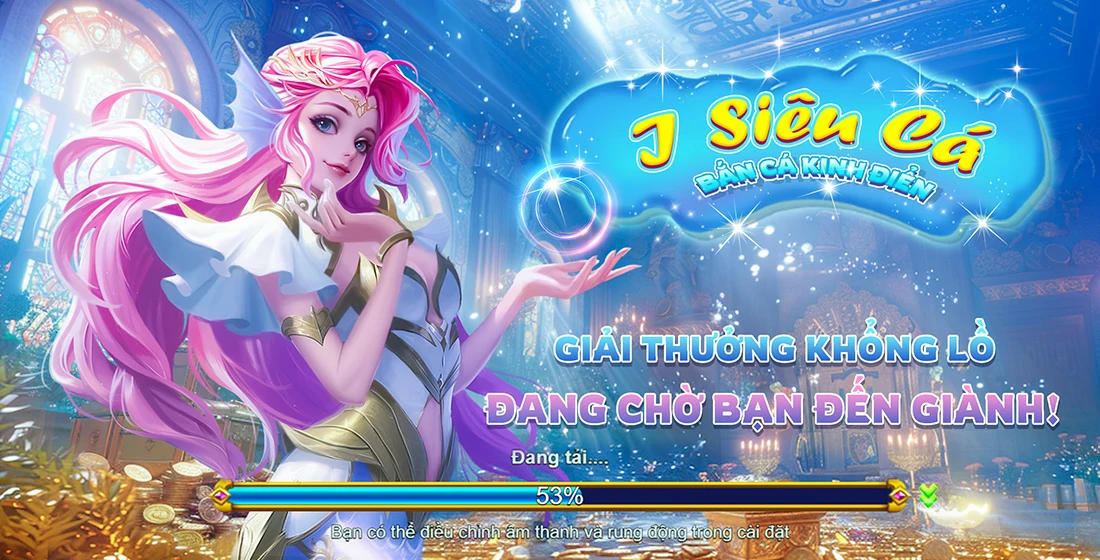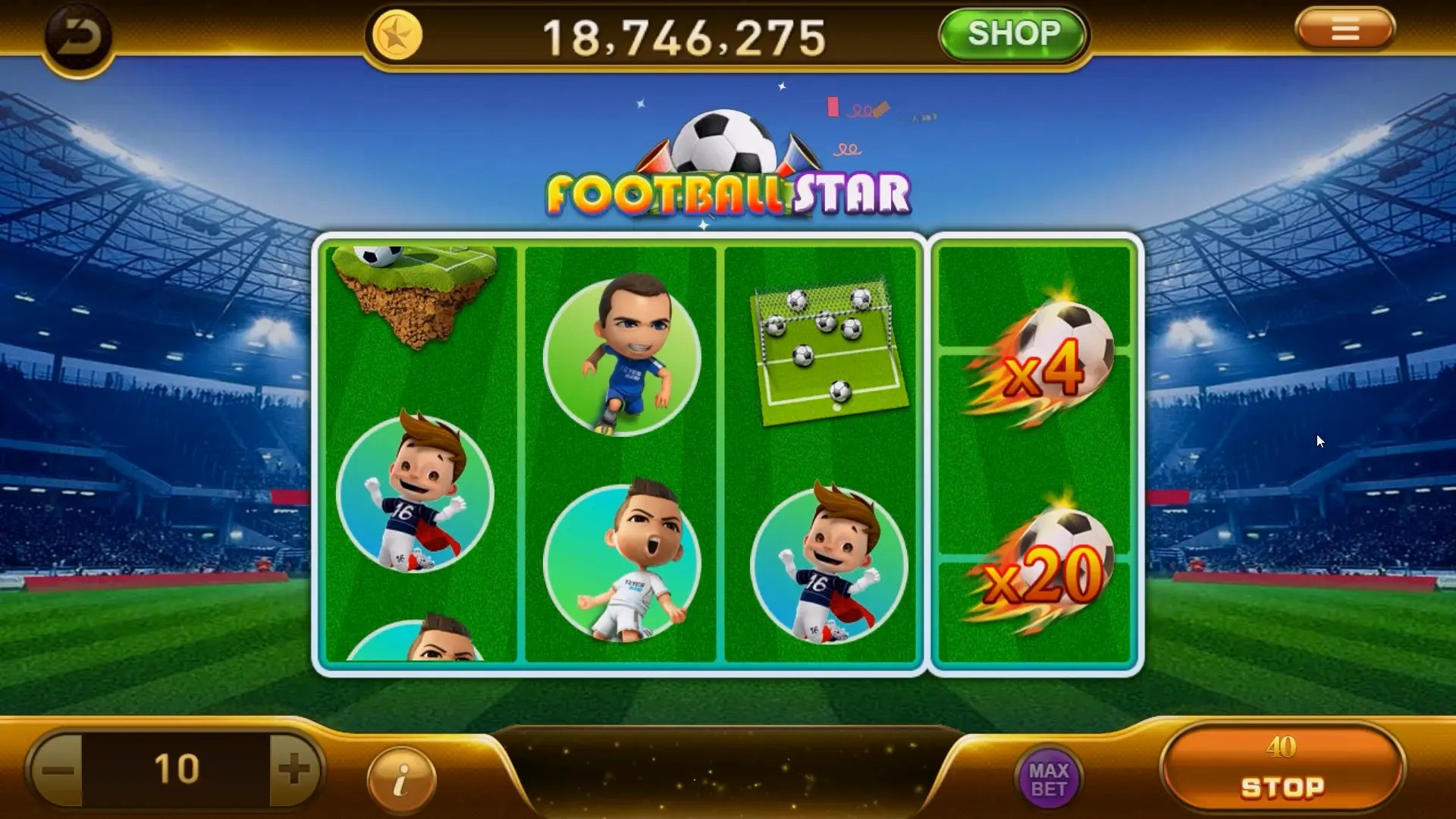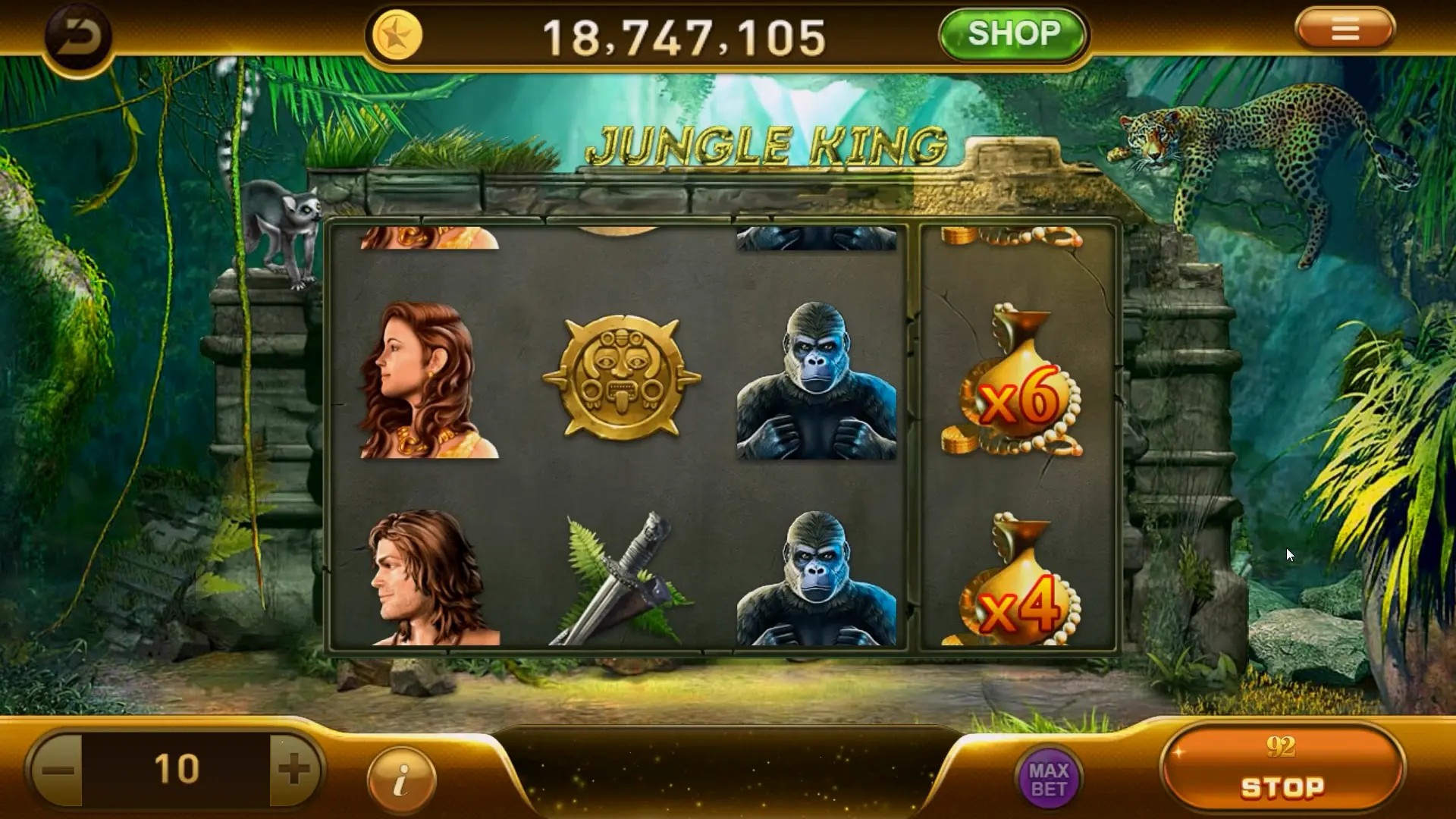The Rise of Multiplayer Clicker Games: Why Everyone’s Clicking Together
In a surprising yet oddly understandable turn, multiplayer clicker games have taken both mobile and browser gaming by storm. From solitary clicking ventures into full-blown social simulations, these unassuming time-wasters reveal layers of depth that attract a diverse player base—from teens glued to screens during recess to middle-aged office workers squeezing in gameplay during lunch breaks. The trend isn't limited to casual gamers. In recent months, the mechanics behind such games have drawn comparisons to deeper simulation experiences like Clash of Clans and even traditionalrpg games for ps5, indicating more complexity than mere mindless button pressing might suggest.
Beyond Single Players: Shared Journeys
If you’ve ever tapped furiously at your smartphone while watching your screen populate with virtual cows, golden cookies or lumber resources—only to feel an abrupt emptiness once goals hit—congrats! You’re likely already familiar with the genre known in tech-savvy circles as clicker (or incremental). What's fresh now is that they aren't solo pursuits anymore—they're becoming collaborative ecosystems with friends or even strangers building shared empires through coordinated taps.
Gone are the days of lonely accumulation loops. A new breed of clickers—those incorporating real-time interaction, teamwork-based objectives or shared progress boards—are capturing players worldwide. Whether it’s through coalescing clicks to unlock faster growth or participating in synchronized events that only trigger when group thresholds activate—a form of gamified democracy if one can imagine—we see a compelling evolution here.
Multiplayer Mechanic Deep Dive: Why Clicks Stick Better Together
- Goal Diversity: Individual tasks vs group missions create richer play patterns
- Resource Boost Loops: Help from peers accelerates personal progress unexpectedly fast
- Eco-Simulation Elements: Watching collective economy thrive sparks curiosity far deeper than isolated stats
- Distributed Responsibility Models: Certain functions depend not just on how fast but on *how often people tap together*
Making Tap-Time Meaningful
This evolution has been gradual rather than meteoric. Initially rooted as minimalist productivity exercises where players built imaginary kingdoms out of sheer determination (and a sore fingertip or two), clickers found their early audience due to the satisfying visual and mechanical rhythm. They were relaxing, undemanding distractions with subtle compulsive hooks.
The leap into social territory didn’t happen overnight though. As platforms evolved—and developers experimented beyond core idle design—some innovators asked: “What if the goalposts changed? What if achievements could be *shared*?" It's this shift—from solo journeys to communal milestones—that’s giving older genres serious runs for their money.
| Type of Game Loop | Classic Clickers | Modern Multitap Experiences |
|---|---|---|
| Pace & Frequency | Tappable actions every few seconds (slow build) | Frequent interactions + group bonuses = speed-up opportunities |
| Reward Cycle Length | Progress over minutes/hours | Short sprints yield quicker feedback cycles |
| Risk/Reward Ratio Complexity | Very low-stakes environment | Group coordination affects reward efficiency |
| Social Engagement Factor | Likely zero - all self-focused | Highest level - direct peer interplay |
One fascinating example emerges clearly when contrasting them to rpg games for ps5. Unlike deep-narrative driven RPG experiences that offer long hours invested alone or semi-cooperative dungeon raids online—here we find a hybrid of casualness and connection wrapped into bite-sized challenges anyone can access from a tablet while riding a subway.
The Social Glue: What Holds Group-Clickers Together
- Players share unique roles (like "resource boost coordinator") without realizing
- Mission timers sync up to allow overlapping engagement schedules among regulars
- Achievements get unlocked collectively leading to rare/unlockable content no one could tackle alone
- Voice/signal channels sometimes pop-up organically as players form tighter cliques outside games (we’ll come back to this trend)
The Clan Connection: When Clickers Mirror Bigger Strategy Worlds
While it sounds odd that a game centered around repeated finger taps might emulate strategy behemoths, the comparison holds water surprisingly well.
Clash-of-clan-esque dynamics emerge when looking closer—at a foundational level, the concept of assigning tasks, coordinating attacks—or defense—and optimizing structures based on member skills finds echoes in the evolving architecture of multi-clicker setups.
If you dig past surface-level visuals and simplistic mechanics—you may uncover a hidden truth: successful group strategies require delegation similar to builders in Clash of Clans. There’s a reason some games introduce tiered leadership roles—guild master positions, coordinators—and others simulate real-time resource sharing or defense walls erected from accumulated taps.
From Idle to Interactive: How Developers Innovate Within Constraints
A common criticism levied against clicker-style games is repetitiveness. That used to hold true before developers began splicing idle mechanics onto fundamentally different frameworks—turning basic "collect-and-upgrade" templates into dynamic playgrounds for creative teams and competitive groups alike.
New features being introduced today range widely, including (but not limited to):
- Rewriting rules mid-session (changing income rates per tap globally for groups simultaneously for special modes)
- Tapping streak rewards which expire unless multiple users engage consecutively
- Battle Royale spin-offs (yes, even within passive worlds)
- Distributed puzzle-solving where each tap moves one step across a larger picture everyone contributes
Clever programmers keep finding clever uses for the base template. Even rpg games for ps5 developers have been eyeing certain clicker innovations with keen interest recently, borrowing elements of passive progression models to reduce grind fatigue in modern role-playing titles.
Tap Fatigue? Not Quite Yet...
You'd be forgiven assuming that after nearly two decades of dominance in indie markets clicker games would eventually stagnate and decline—yet here we are witnessing another reinvention. Instead of falling off into obscurity, this category thrives partly because of its simplicity. Its accessibility makes adoption easy—even those not normally gamers can quickly join the experience. But more significantly? Because now there’s a social layer beneath otherwise shallow mechanics—it feels meaningful now.
When players realize someone else’s clicks accelerate their gains, they stay longer. When a squad reaches a target faster through collaboration than alone? Motivation shifts subtly toward belonging instead of accumulation. We've witnessed similar phenomena in many genres, notably RPGs and MOBA spaces—but rarely does such behavior bloom out of seemingly simple concepts without prior intent.
The Road Ahead for Multitaps: Predictions
- Expect VR adaptations integrating physical motion (twitch tapping becomes head tilt activation?)
- Metaverse integrations making tap-generated tokens spendable outside apps
- We’ll see increased use of AI bots mimicking teammate behavior for solo-mode practice or offline consistency
- Increased monetization options focused purely on vanity boosts for clans/team leaders
- Retro console versions (because what better test of reflexes than hammering Nintendo Switch buttons instead of swiping?)
Conclusion
It would seem laughable five years ago to claim something called a "multipleyerrr" [sic] "clickker" [tyo:] had any future beyond a niche browser diversion tucked away between Flash remakes on outdated portals. Yet somehow—in an almost accidental collision of casual ease and human sociology—they carved a space unlike any prior format.
- These aren't kids' toys anymore: serious engagement happens inside multitapper communities
- They borrow heavily from strategy epics like COC and tactical RPGS while keeping interfaces accessible
- If history repeats itself like game design trends suggest—we could look back and label this phase an era akin to platformer heyday



